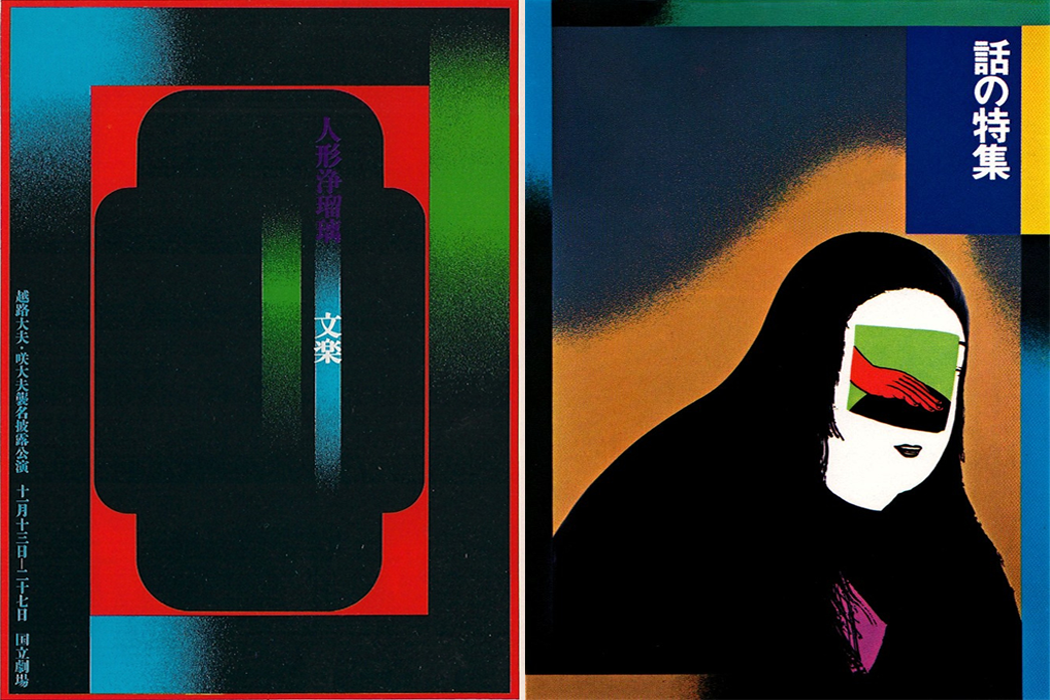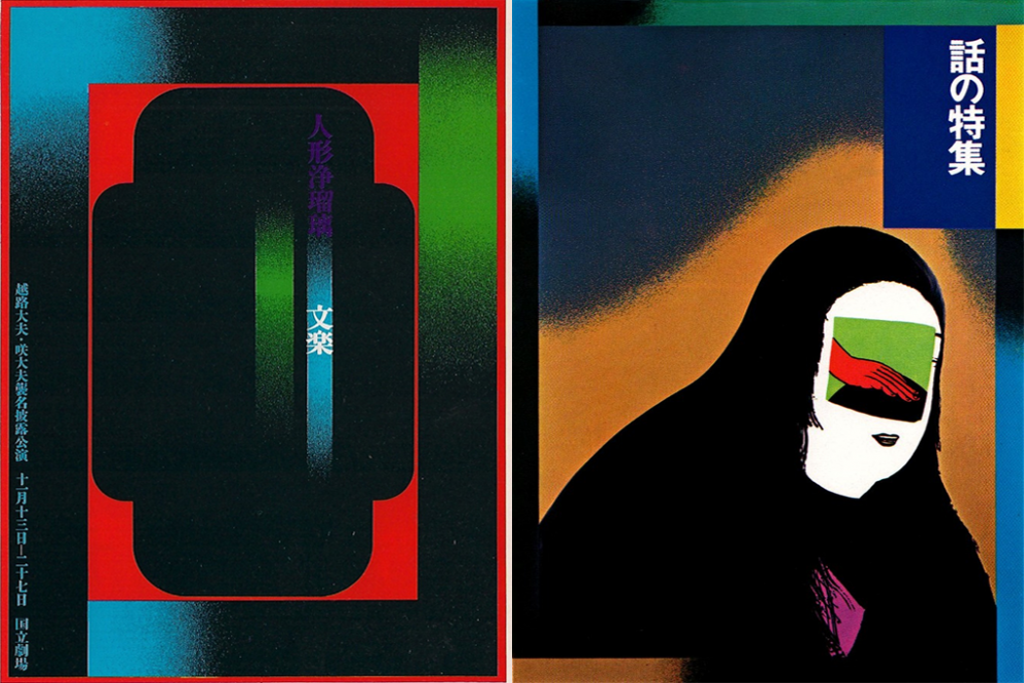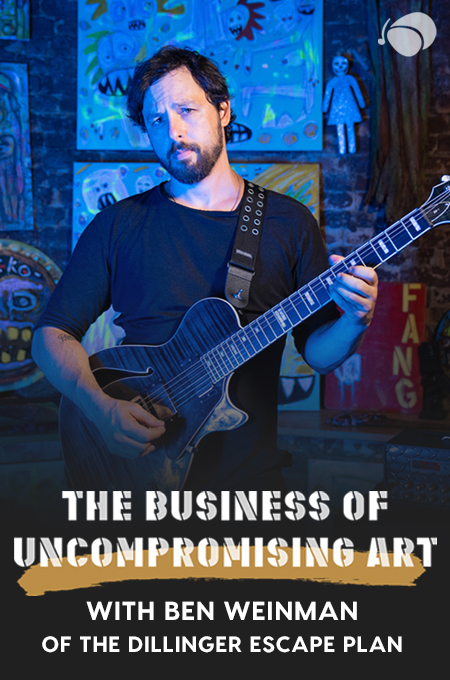
+ Learning about synthesis? Soundfly’s got a definitive new course called Advanced Synths and Patch Design! Preview for free and subscribe for access.
Without the internet around to provide an unbroken timeline of artistic events to a potentially endless landscape of wandering eyes, records that couldn’t achieve access to a viable fanbase in the 1980s have mostly, inevitably found themselves buried in the sands of time forever. Many creative masterworks, no matter how well-appreciated at the time of their initial pressing — if mismanaged by independent, boutique labels that couldn’t stay afloat financially — have either approached or gone completely off the cliff edge of existence. But thanks to the interplay between user-submitted content on the web and the way platforms help listeners discover it, some records do actually manage to climb back out of the sand.
One of those such masterworks, unearthed and posted to YouTube four years ago, has since become so legendarily saved that it’s not only finally receiving its due in commercial triumph, but it’s also revitalized the career of its creator in the process. If you don’t already know, that record is percussionist and composer Midori Takada‘s debut solo album, Through the Looking Glass, released originally in 1983.
And yes, it’s a masterwork.
This isn’t just Japanese new-age hindsight fetishism at play here. Takada’s brilliant suite for marimbas and synthesizer brings Asian timbres and African polyrhythms in perfect contact with the minimalist language of composers like Steve Reich, Terry Riley, and Brian Eno. The fact that this record never made it out of Japan was a cultural crime that needed to be rectified.
Due to the way that YouTube’s algorithms have recently started moving users around based on several years worth of tracking their preferences, recommending content that is not always the obvious next step (because if you simply want the next track on an artist’s album, you’re probably already on Spotify), and then leveraging “discovery results” that are considered successful, thousands upon thousands of listeners streaming long-playing ambient music and sounds have been led directly to user Jackamo Brown‘s upload of Through the Looking Glass. The record had found its audience.
Takada’s debut LP has just been rereleased in the US by Palto Flats and in Europe by WRWTFWW Records, pressed to vinyl for only the second time in 34 years, to meet its overwhelming demand. In the years since this record has been streamable online, original copies of the LP have sold for as much as $1,000. Takada, herself, is newly represented internationally and touring festivals to sold-out audiences. I even bought my copy of the LP last week and feel, well, awesome about it!
Yet there are other winners here, too. A ton of other obscure, early Japanese minimalist albums are now being cued up in digital playlists, and opportunistic crate-diggers looking for the next big thing have turned this into a gold rush, meaning we’ll probably see a lot more gems uploaded to the internet soon. For your listening pleasure, here are some of the best I’ve found so far.
Midori Takada – Through the Looking Glass (1983)
*note: the previous link containing the full album uninterrupted, was recently taken down, but here’s a track-by-track playlist with the full album. Phew!
Hiroshi Yoshimura – Music for Nine Post Cards (1982)
I’d hesitate to call Hiroshi Yoshimura’s Music for Nine Post Cards a lost treasure, as this record has very much been sought after since its initial release. Yoshimura composed this music while watching the scenery outside the window change; clouds passing, sunlight flickering, and leaves moving in the wind. He recorded it and offered it to a contemporary museum in Tokyo to be played next to the window overlooking their courtyard. After some time, Satoshi Ashikawa (see below) started his label and the resulting “Wave Notation” series, to publish this ambient masterpiece after museumgoers started calling to ask where they could buy it.
Hiroshi Yoshimura – Green (1986)
Alongside the environmental sounds of forest streams, crickets, and birdsong, Yoshimura recorded an incredibly unobtrusive, ambient tapestry of synthesized tones using a Yamaha DX7, TX7, and FB01, and a Roland MSQ-700 Sequencer in his home studio. Immerse yourself in this one!
Satoshi Ashikawa – Still Way (1982)
We’ll keep it in the family again with the second release in Ashikawa’s “Wave Notation” series, his own album, Still Way. This record actually features Midori Takada on harp and vibraphone. Ashikawa only released three records in this series before he died; the third was a full LP of pensive Erik Satie pieces played on solo piano by Satsuki Shibano.
Haruomi Hosono – Watering a Flower (1984)
Here’s an interesting one. In 1983, Haruomi Hosono, a member of the famed Yellow Magic Orchestra with Ryuichi Sakamoto, and a well-known synthesist throughout the 1980s, was asked by the directors at MUJI to create “background music” for their newly opened stores. So, muzak. This blissful, sometimes atonal, wabi-sabi music has been described as “a playful, yet uneasy dream-space of aural fog.” It was released in a short run of cassettes and never heard about again… until now!
+ Read more on Flypaper: “Loud Silence & Quiet Sound: The Illuminating Film Music of Toru Takemitsu”
Mkwaju Ensemble – Mkwaju (1981)
And we’re back to the “family.” Mkwaju was an ensemble of Japanese percussionists led by Midori Takada and Yojo Sadanari and features keyboards and production from Joe Hisaishi (popularly known as the composer of the scores to all of Hayao Miyazaki’s films) and Hideki Matsutake, who has also collaborated with the Yellow Magic Orchestra. Obviously, Takada’s signature African marimba rhythms and synthesizer sounds are on full display here.
Yasuaki Shimizu – Kakashi (1982)
Kakashi is another example of a great record that went into obscurity after its first pressing only to be dug out and rereleased by Better Days and Jet Set Records. Shimizu, a saxophonist and composer, worked with all kinds of musicians and collaborators, including Sakamoto and even artist Nam-June Paik. This record is deeply hypnotic and visits all kinds of soundscapes throughout, always with the saxophone placed at the center of attention.
After Dinner – Paradise of Replica (1989)
I’ve been a fan of singer Haco’s strange vocal work for years, having discovered her somewhat obscurely through her band Hoahio. Paradise of Replica is the second and final studio record by her avant-garde pop group, After Dinner, and it’s pretty spectacular in every way. They gained a lot of international attention with this release and toured Europe on its critical acclaim. Once again, here’s an album that never really went out of vogue for people in the know but is definitely seeing a popular resurgence in listening.
Yoshiko Sai – Mangekyou (1975)
Here’s a bit more off-kilter, dreamy, new-wave pop from Japan. This is singer and poet Yoshiko Sai’s debut album, which was reissued by P-Vine Records on CD in 2008. She recorded four albums in four years, which showed an incredible commitment to her work, but then decided to completely retire from music-making until her appearance on harsh-noise artist Jojo Hiroshige’s 2001 album Crimson Voyage.
Tetsu Inoue – Ambiant Otaku (1994)
Finally, we come to the latest album in the list, although Ambiant Otaku is, like many of the others, the debut solo album of a legendary minimalist artist. Tetsu Inoue has been active since the early ’90s and has collaborated with other electronic artists such as Bill Laswell, Pete Namlock, Taylor Deupree, and others. Enjoy this last spacey, spectral, synthesized voyage!
Continue learning with hundreds of lessons on mixing, DIY home recording, electronic music production, beat making, and much more, with Soundfly’s in-depth online courses, like The Art of Hip-Hop Production, Modern Mix Techniques, and of course Advanced Synths & Patch Design. Subscribe for unlimited access here.




